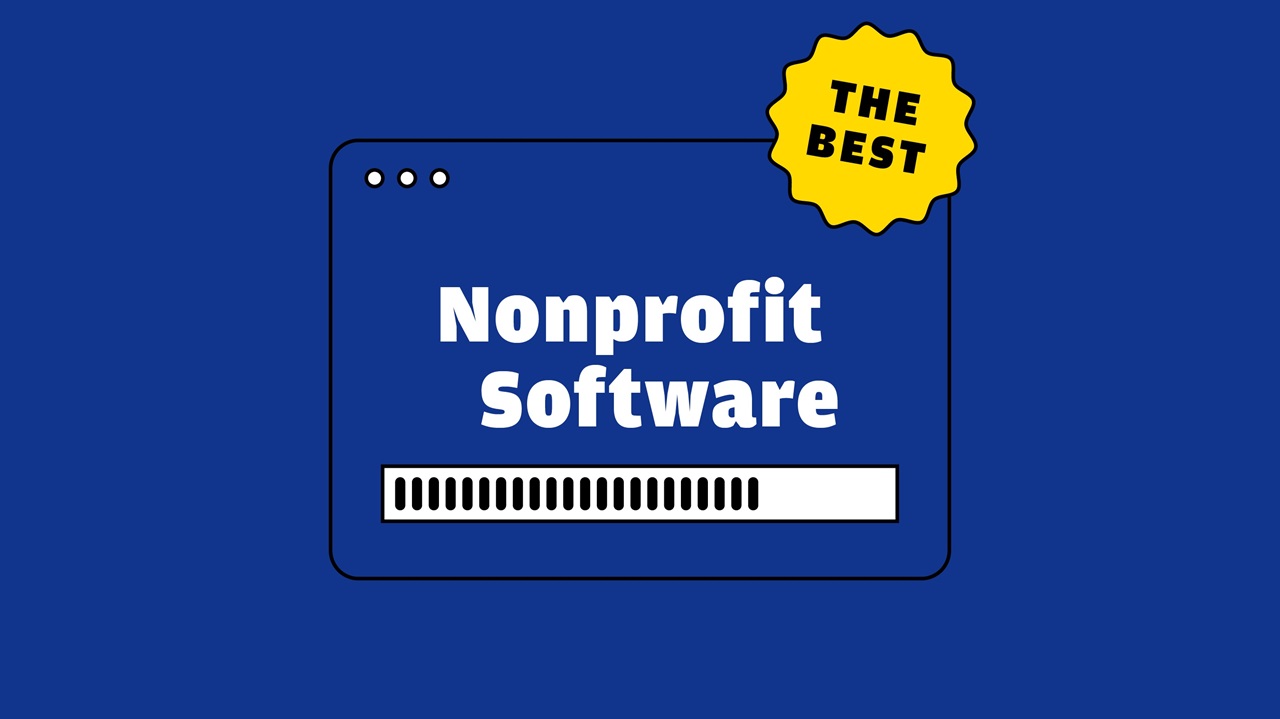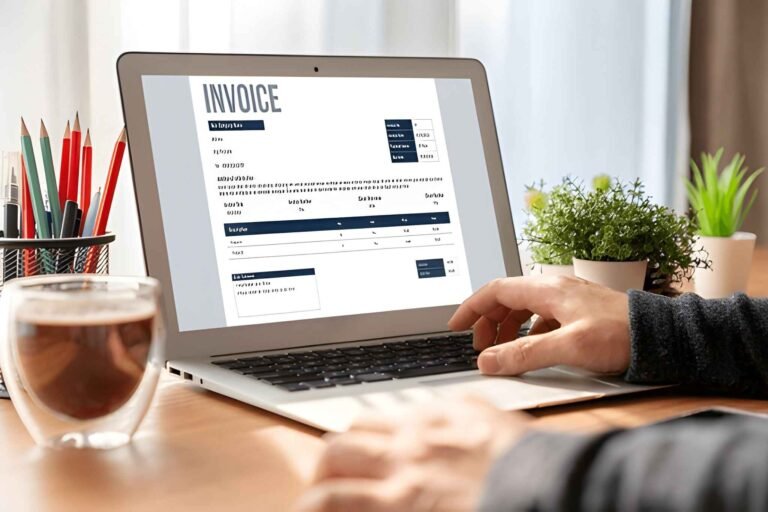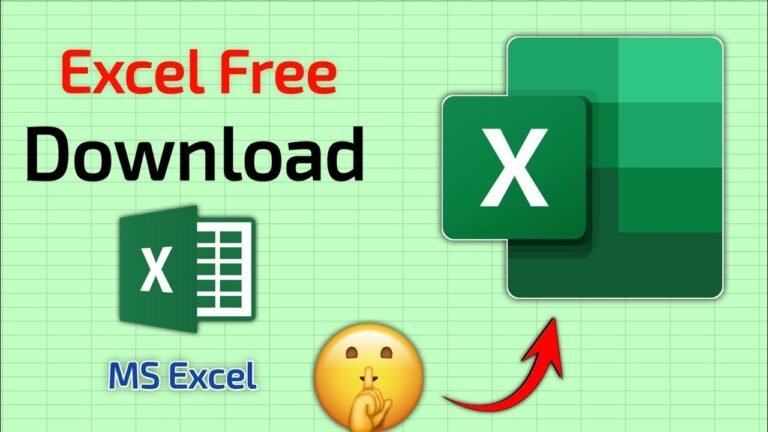
Running a nonprofit organization requires dedication, structure, and the right technology. From donor management to team coordination, nonprofit software plays a crucial role in helping organizations achieve their mission more efficiently and transparently.
In this article, we’ll explore key software tools that support nonprofits in their day-to-day work and how choosing the right solutions can significantly impact both operations and outcomes.
The Role of Technology in Nonprofit Success
Nonprofits face challenges that are both operational and mission-driven. Limited budgets, tight resources, and growing demands for accountability make it essential to work smart. The right tools can help organizations:
- streamline administrative processes;
- coordinate internal teams and external volunteers;
- manage donor relationships and fundraising efforts;
- track project impact and generate reports.
Rather than relying on multiple disconnected systems, many nonprofits benefit from platforms that provide integrated solutions tailored to their unique needs.
The Software Tool That Helps Nonprofits Work Smarter
Planfix is a versatile and unified management system ideal for nonprofits that want to centralize their operations. Unlike tools that separate functions into isolated blocks, Planfix connects all processes—project planning, communications, donor tracking, reporting—into a single, customizable platform.
This integration ensures data consistency and provides teams with complete visibility into the organization’s work. With no programming required, nonprofits can create workflows that reflect their real-world processes, whether coordinating volunteers, planning campaigns, or tracking impact metrics.
Key Features Nonprofits Should Look For
Choosing the right software isn’t just about picking a tool that “works.” Nonprofits must ensure their tools align with long-term goals, operational realities, and specific team needs. The best solutions are not only functional but also adaptable and financially sustainable.
Tools that support continuous improvement ideas can help nonprofit teams refine their processes, boost collaboration, and respond more effectively to changing needs.
Integration and Customization
Nonprofits often have diverse needs. Choosing software that integrates well with other tools and allows for customization ensures you can scale without switching platforms later.
Many nonprofit teams rely on a combination of systems, donor management platforms, email marketing tools, accounting software, and collaboration apps. A project management or operations tool that integrates seamlessly with these existing systems reduces manual data entry and helps maintain consistency across your workflows.
Affordability and Support
Many nonprofits operate on limited budgets, often relying on grants or donor funding. This makes cost-effectiveness a critical factor in choosing software. Beyond pricing, the availability of nonprofit-specific discounts, transparent billing structures, and ongoing customer support can make or break the usefulness of a tool.
Look for vendors who offer special plans for nonprofits, free tiers with robust capabilities, or flexible monthly billing options. Also, assess the quality of customer support—reliable, human support can save hours of frustration, especially for teams without in-house tech staff. Some providers even offer onboarding help or training resources tailored for nonprofits, which adds immense value and shortens the learning curve.
Conclusion
Selecting the right nonprofit software is not just about convenience—it’s about empowering your team to focus on what truly matters: your mission. From comprehensive systems like Planfix to specialized tools for fundraising and donor management, today’s digital solutions can help nonprofits operate more strategically and efficiently.
By aligning your organization’s needs with the right tools, you’ll be better equipped to increase your impact and sustain long-term success.







